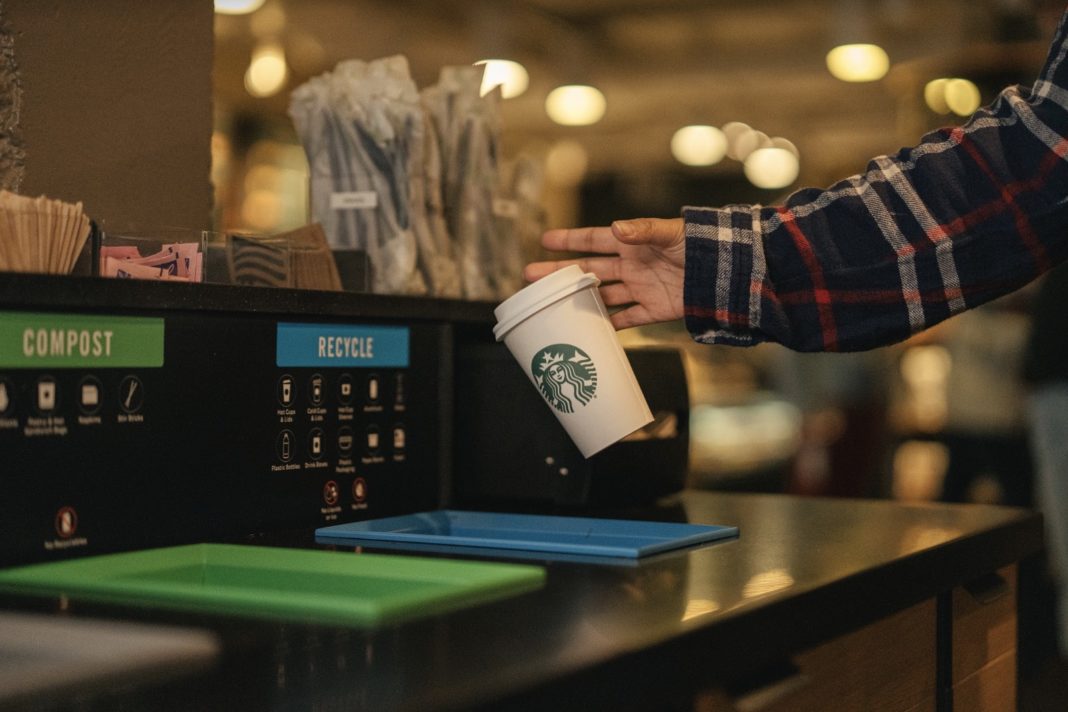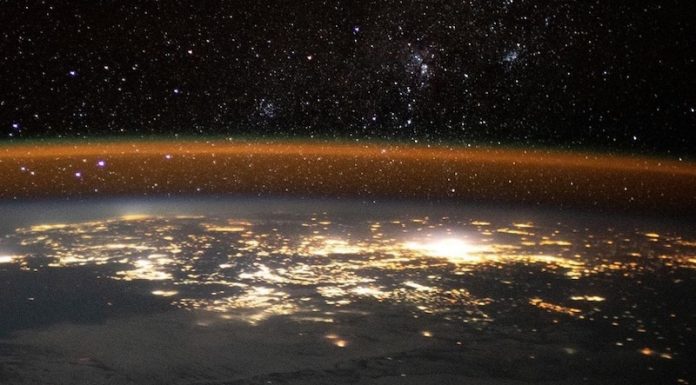The company tested 12 prototypes to find an environmentally friendly cup option
Starbucks is testing a prototype cup with a biodegradable liner in some of its stores. As first reported by The Wall Street Journal, the cup is making its debut at Starbucks locations in London, New York, San Francisco, Seattle, and Vancouver.
The coffee company considered 12 prototypes before picking the BioPBS liner. The coating is made out of renewable material, which is melted and spread on to paperboard before being used for the new cups, according to the WSJ.
Starbucks says customers will not see any noticeable difference from the current cup
The prototype cup is recyclable and compostable, and it could allow Starbucks to move away from the plastic cup liners that adhere to paper cups, keeping the cups from leaking but making them difficult to recycle. Starbucks will be seeking feedback from baristas and customers about whether the prototype cups actually prevent leaks and keep drinks hot, the WSJ reports. The company says customers who use the prototype “will not see any noticeable difference from the current cup.”
The new cup is the culmination of Starbucks’ NextGen Cup Challenge, which included a six-month design competition that received hundreds of ideas. In March 2019, Starbucks announced that it would conduct market tests with the various cup technologies in select stores. Starbucks says it’s continuing to test the recyclability of the challenge winners, including the BioPBS cup.
Starbucks has a mixed record on hitting its sustainability goals, however. The company successfully met its 2015 deadline to purchase enough renewable energy to power locations in the US and Canada. But a 2008 goal to serve 25 percent of drinks in reusable containers by 2015 was eventually scaled back, and by 2018, fewer than 2 percent of Starbucks drinks were served in personal reusable cups.
Earlier this year, Starbucks announced it was going to reduce its greenhouse gas emissions and the amount of waste it sends to landfills by half over the next decade. The company also aims to conserve or replenish 50 percent of all the water it uses by 2030. The company’s goal is to have a more recyclable and compostable hot cup “solution” by 2022.













![Hotstar Premium Cookies 2019 [*100% Working & Daily Updated*] Hotstar Premium Cookies 2019 [*100% Working & Daily Updated*]](https://tahav.com/wp-content/uploads/2019/11/Hotstar-Premium-Cookies-Free-100x70.jpg)



